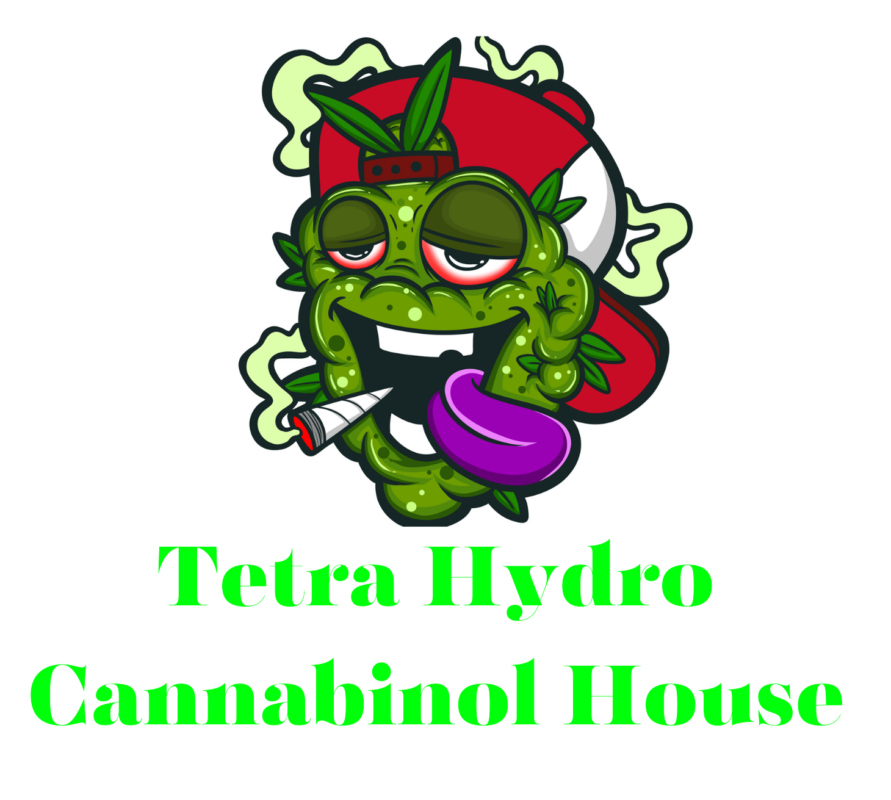Blog
BEST STRAINS FOR SLEEP AND RELAXATION

Millions of people have trouble falling asleep on occasion, and some of them suffer insomnia on a routine basis. While good sleep hygiene practices can help to a point, many find that they need something more to get good rest. This is where cannabis may play a role.
Cannabis has long had a reputation for making users mellow, but those who actually use it have found that this isn’t always the case. Some strains cause excitement that may not even be pleasant, let alone mellow. Paranoia and agitation are possible if the experience is negative, and even when it’s positive, an excited euphoria can result.
Which Strains are Best for Sleep or Relaxation?
According to Healthline, the best strains for achieving the fabled mellow state are high in THC and low in CBD. This allows relaxation to develop without the alertness that sometimes comes from CBD.
Terpenes
Sometimes, experienced cannabis consumers look for specific terpenes rather than just a general THC or CBD percentage. The terpenes that are the most important for sleep or relaxation are terpinolene, caryophyllene, and myrcene.
Here are several cannabis strains that have a reputation for promoting relaxation:.
- Purple Kush – Best for moderate to experienced consumers. It is rich in myrcene and provides a “blissful, Zen-like feeling.”
- Grandaddy Purple – Best for experienced users. It also contains high amounts of myrcene.
- Cherry Pie – With both myrcene and caryophyllene, this one packs a one-two punch that makes it great for relaxing both mind and body before bed.
- Harlequin – a great choice for people who don’t want to get too high. It is a “1:1” strain, meaning that it has a one-to-one ratio of THC and CBD. It’s good for new users and those who get agitated or paranoid from too much THC. Notably, this strain works well if your insomnia is caused by pain.
- Grape Ape – This strain has plentiful myrcene.
- Girl Scout Cookies – This indica-dominant hybrid has plenty of THC, but what sets it apart is its richness in the terpene caryophyllene, which is a good sleep promoter.
Strains high in terpinolene are also well-regarded for promoting sleep or relaxation.
Cannabis Indica vs. Sativa
Experienced consumers say that cannabis sativa is energizing, while indica strains are relaxing. There are also hybrid strains that combine the two species. The effects of these hybrids depend, in part, on which species is dominant.
HHC vs THC
Research comparing HHC vs THC is relatively new, and there is less information about HHC compared to its famous THC counterpart. Both are cannabinoids, so they have similar, but not identical, effects. HHC is derived from hemp, and is sometimes sold in areas where THC is still illegal.
HHC
HHC stands for hexahydrocannabinol. It is basically a hydrogenated form of THC. Most HHC in the market is made in laboratories because it is only found in trace amounts in actual marijuana buds. THC, on the other hand, is easily obtained right from the plants. This causes some to classify HHC as semi-synthetic.
Typically, HHC will only get someone approximately half as high as the same amount of THC. Effects vary by user, with a reported range of 50-80% potency. The high is mellow and clear-headed. However, the effects of HHC are said to last longer.
HHC is popularly used in vape products or HHC gummies.
THC
THC is naturally abundant in the buds and flowers of cannabis plants, many of which have been bred to contain even more of it than would otherwise be found. Some strains have as much as 30% or more. These strains are very powerful, and are not suited to most new users.
The most important form of THC is delta-9-tetrahydrocannabinol. There are several other cannabinols also present in marijuana plants, and they are all getting more scientific interest these days. Still, delta-9 gets the most attention, and this is what high-yield strains are bred to produce.
Since THC is natural, there are many ways to consume it. Smoking, vaping, eating it in brownies, and adding extracts of it to gummies are all popular methods of consuming THC.
THC works by binding to CB1 and CB2 receptors in the brain. The CB1 receptors are mostly in areas that process memory, thinking, and motor control. Meanwhile, CB2 receptors are mostly found in the immune system, and when activated by THC, may produce an anti-inflammatory effect.
Delta-8 THC
This lesser-known cannabinoid is present in marijuana and hemp plants in trace amounts. It is half as potent as delta-9, but is known for its relaxing effects.
HHC is said to be stronger than delta-8, but much weaker than delta-9.
Many states have legalized marijuana and its products for medical use, and a few have even made recreational use legal. In places where actual THC is banned, HHC may be a legal alternative.If you’re looking for alternatives to typical sleeping pills, try these or some of our other marijuana strains here at Moss Crossing.
